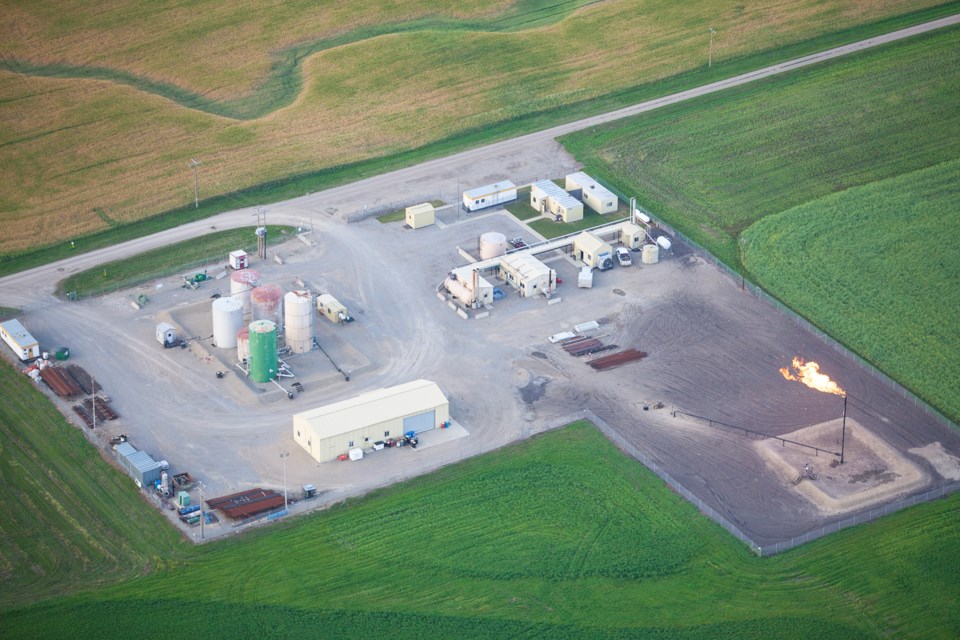MOUNTAIN VIEW COUNTY - The Methane Emission Management Program (MEMP) pilot project being undertaken by the Sundre Petroleum Operator’s Group (SPOG) has seen data gathered from a total of 399 sites as of year-end, say officials.
Officially launched in August, the $3 million project is being funded through the province’s new Technology Innovation and Emissions Reduction (TIER) system.
SPOG is a collection of oil and gas companies with operations in the Sundre area. Methane is a flammable gas that if released directly into the atmosphere contributes to greenhouse gas emissions.
In oil and natural gas operations, methane is emitted from small leaks from valves and other equipment used in oil and natural gas drilling and production. These leaks are unintended and can come from pump seals, pressure relief valves and control valves.
Methane is also sometimes released during venting and if there is incomplete combustion during flaring.
The pilot project involves monitoring methane levels at SPOG member facilities such as tank farms and well sites, and will include the use aircraft, drones, road vehicles, fixed sensors and other equipment.
Member companies taking part in the project include NAL Resources, Exxon Mobil, Cenovus, TAQA North, Harvest Operations Sitka Exploration Ltd., TimberRock Energy and Bonavista.
All located within SPOG’s boundaries, the 399 sites have been examined using aircraft and truck-mounted monitors over the past several months.
Wayne Heikkinen is a SPOG board member and project manager.
“We've done three full campaigns now,” said Heikkinen. “A campaign is a screening of the sites looking for methane with the technology. We did two different aerial campaigns in the fall and one full ground-based survey and we did another survey with stationary monitors.
The fixed-wing aircraft being used in the project are utilizing proprietary technology developed by Bridger Phototonics and GHG Sat.
The ground-based monitoring is using proprietary technology developed by GeoVerra and EoSense.
“This allows for the detection and qualification, and this is what we are piloting and testing,” he said.
Not all the sites were accessible by ground monitors, but most were, he noted.
The findings will establish a regional baseline inventory, with optic gas imaging (OGI) surveys conducted to validate those findings.
The only technology that the Alberta Energy Regulator (AER) currently recognizes for methane monitoring are OGI surveys, which are fairly expensive, so the whole basis of the pilot project is to test new technologies that could provide much more cost efficiency for industry, said SPOG executive director Tracey McCrimmon.
“We are striving to test the latest available technologies in detection and provide science-based solutions for methane emissions,” she said. “We will use science-based technology to not only reduce emissions but the cost of reducing our environmental footprint.”
The data collected from the 399 sites is now being analyzed.
“We are looking at the data and the results and how we can improve,” Heikkinen said. “We have found that all the technologies have been able to detect methane. All the data that we’ve gathered is being put into a model that is allowing us to design a program to submit to the AER on an area-based pilot.”
McCrimmon added, “We are putting together an alternative emissions management proposal on behalf of our SPOG producers for a regional area and submit that to the AER. We are hoping to get the proposal in early this year.”
SPOG may be applying to have the one-year project timeline be extended, she said.
“I don’t anticipate any problem with that,” she said.



